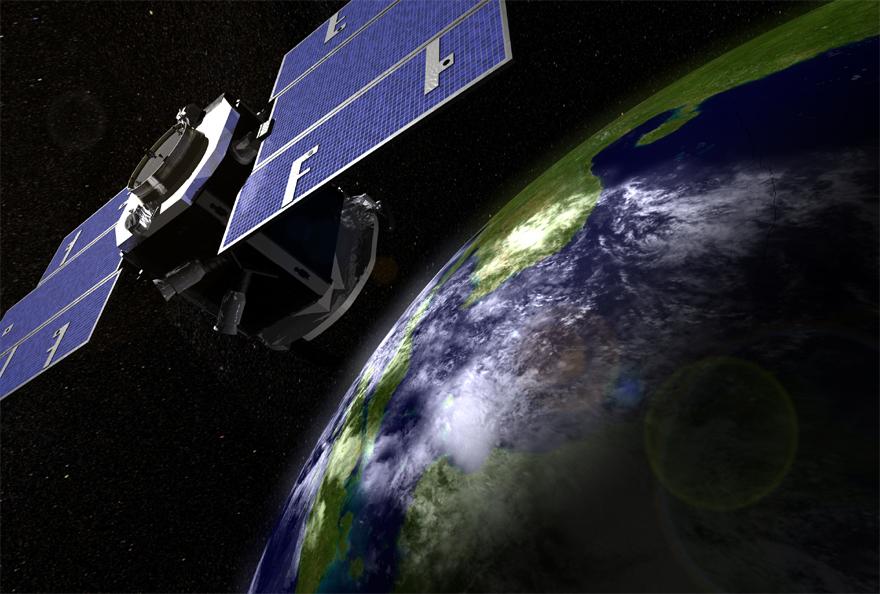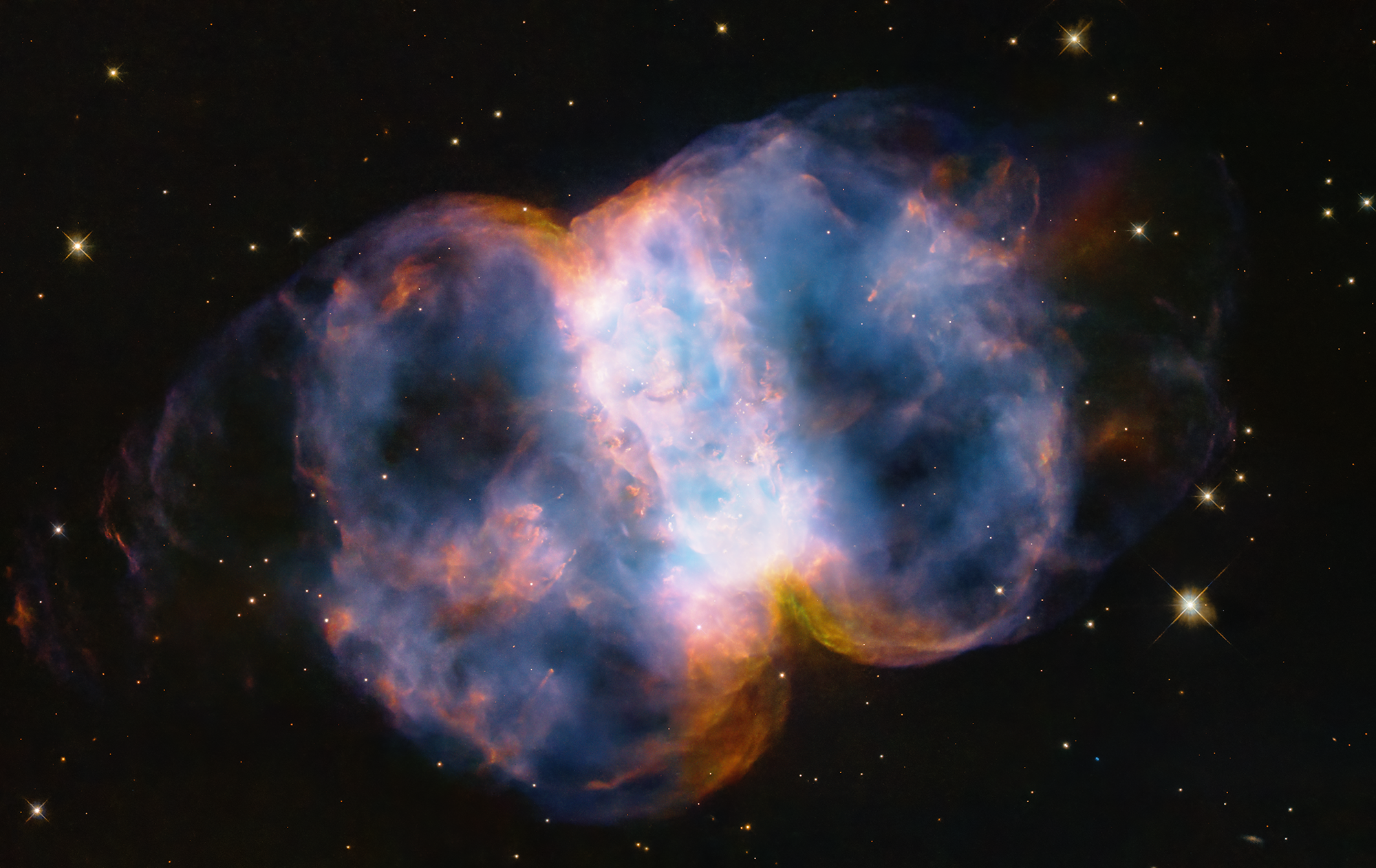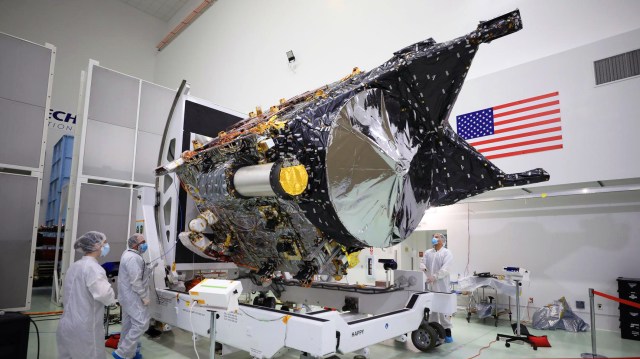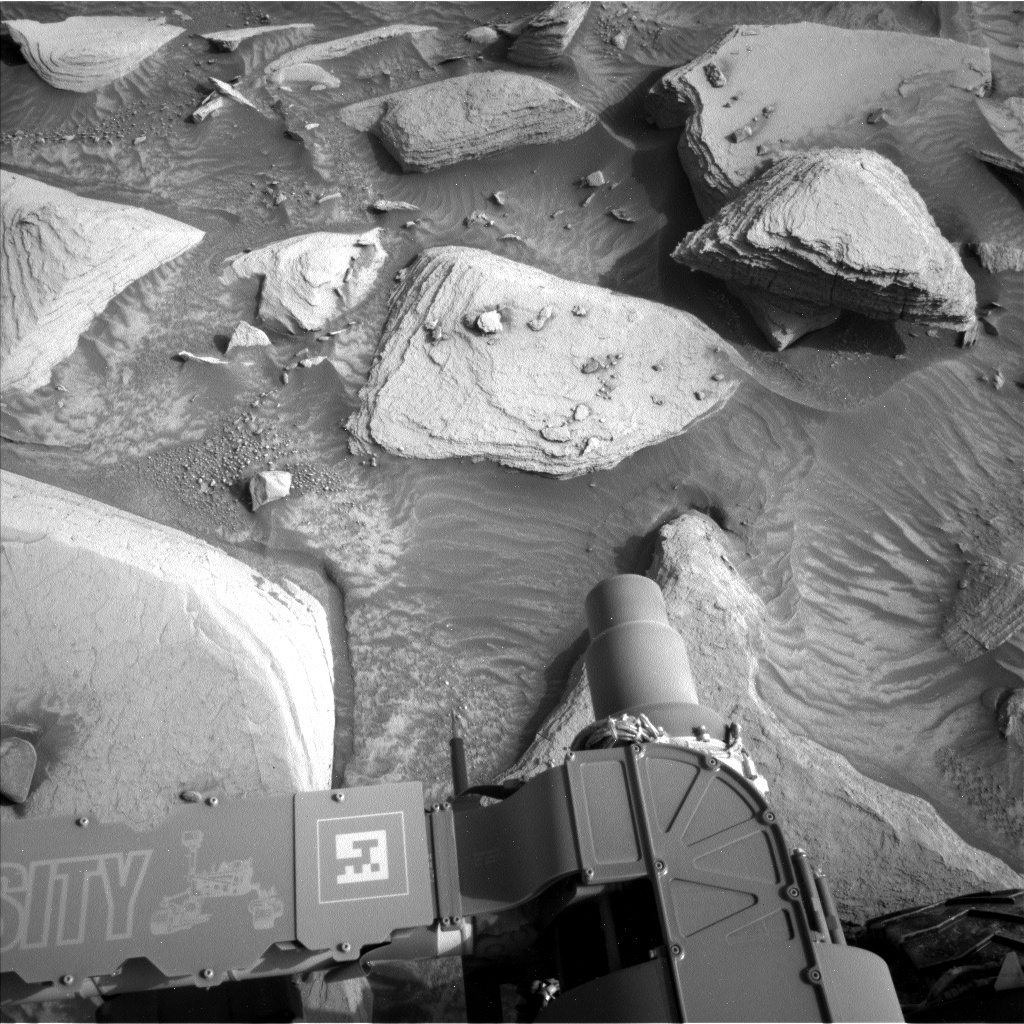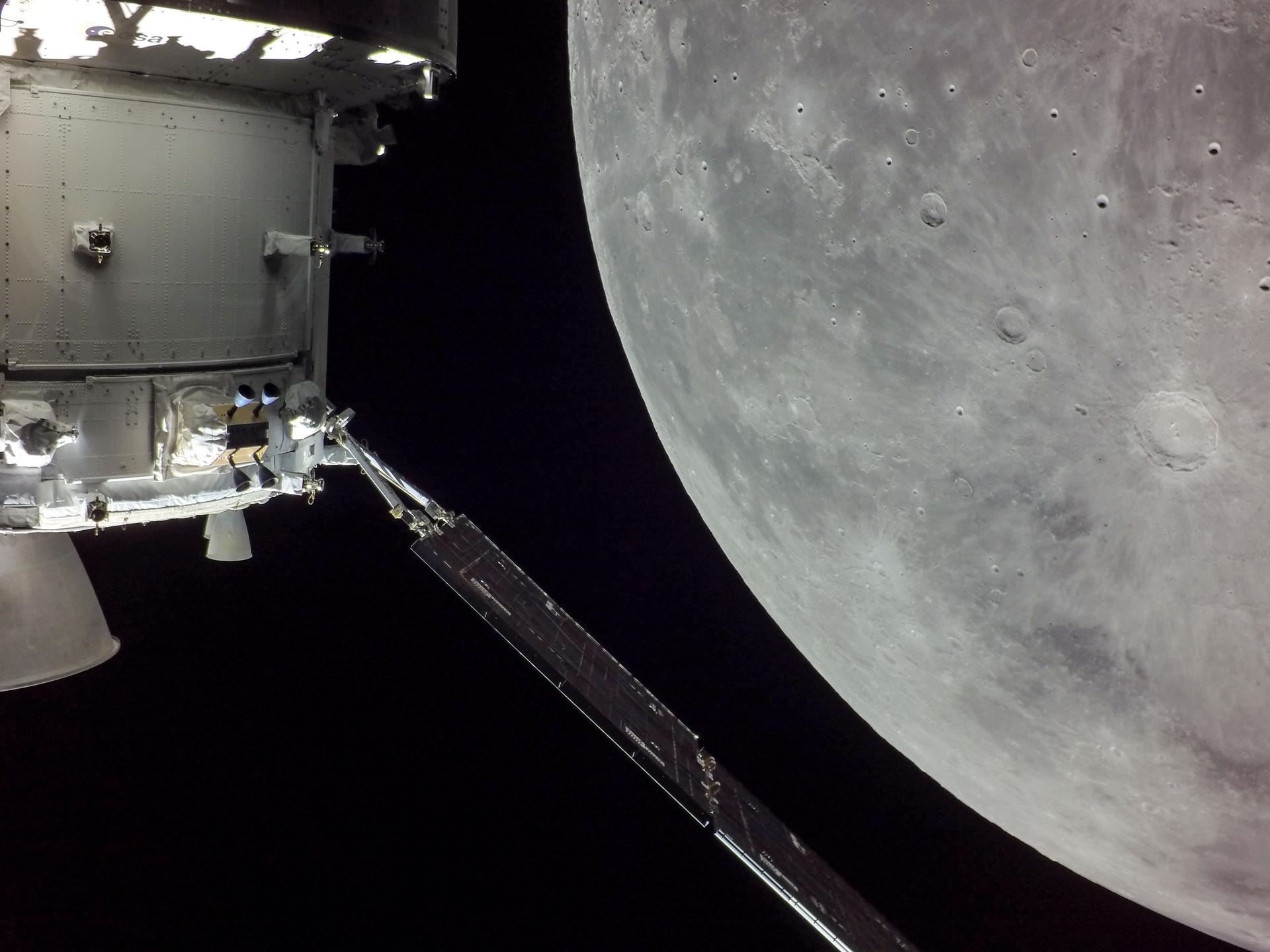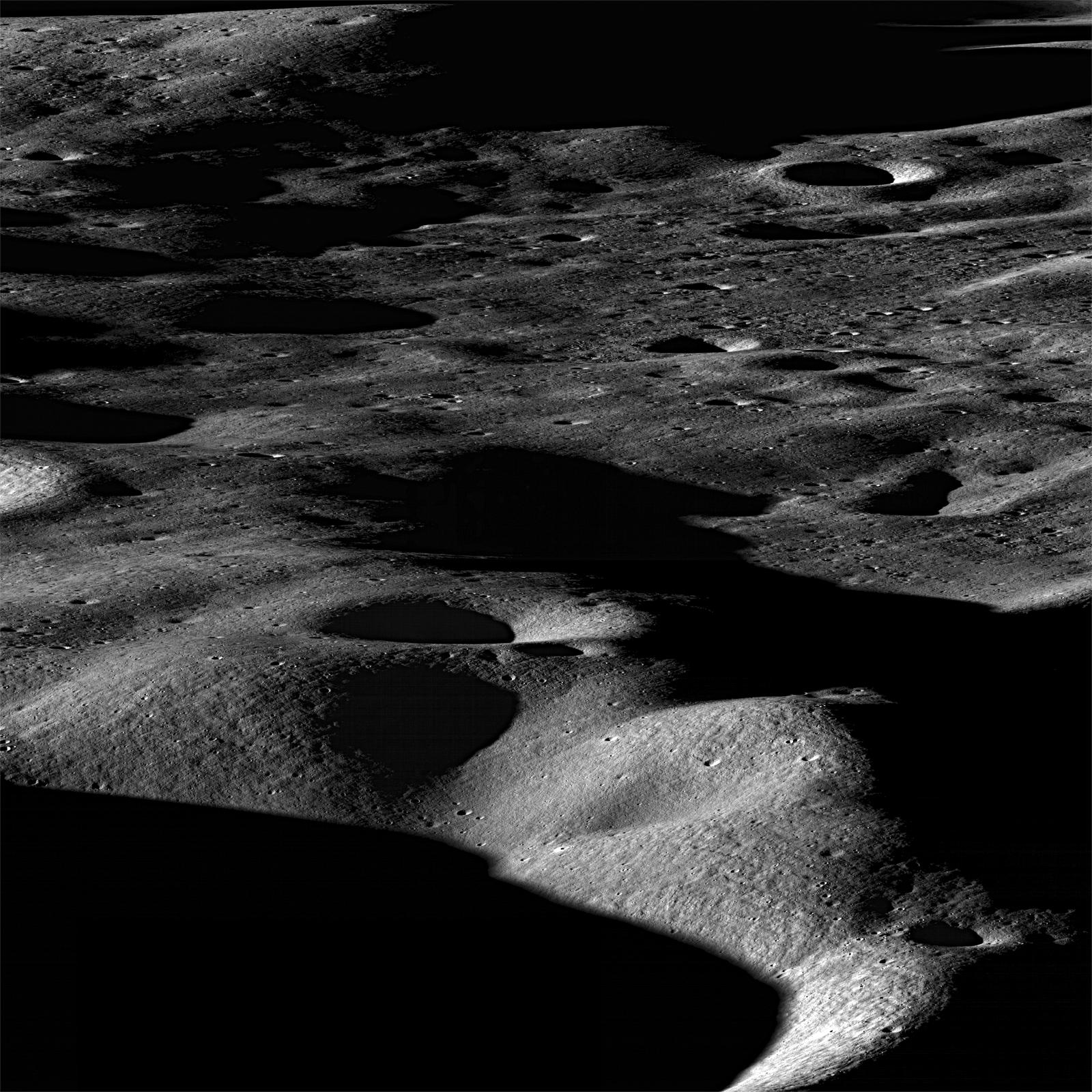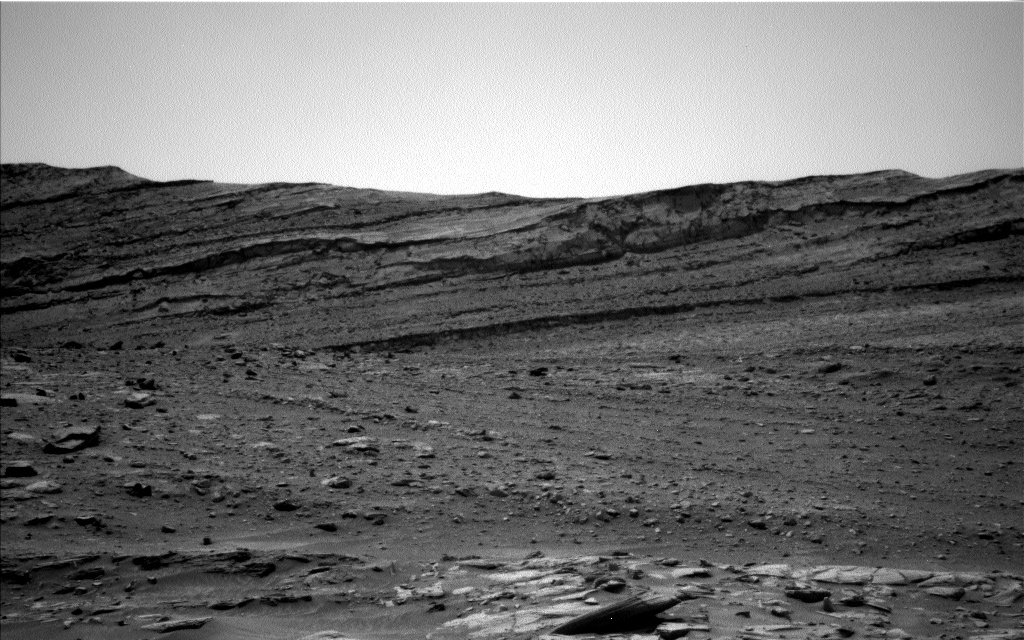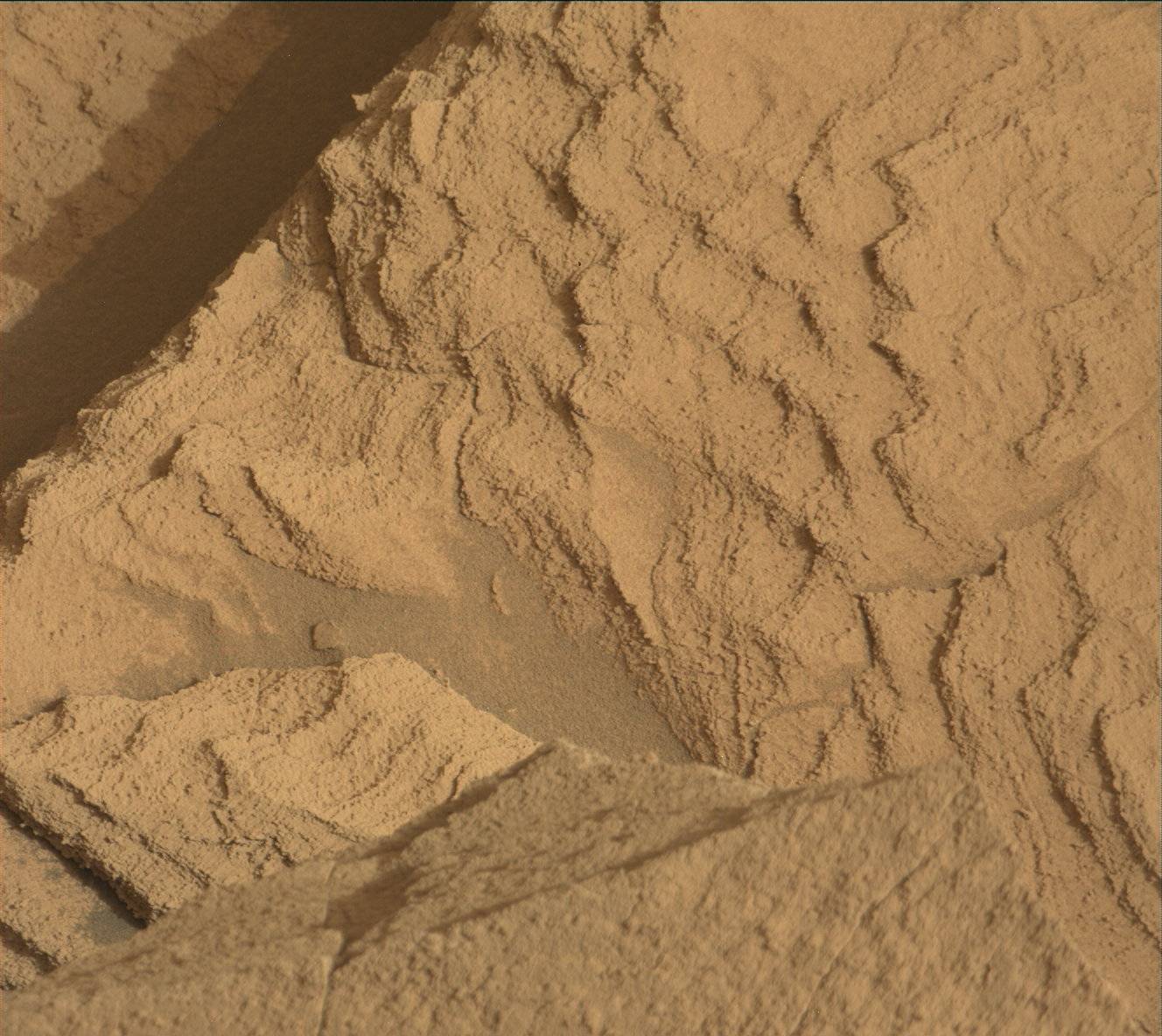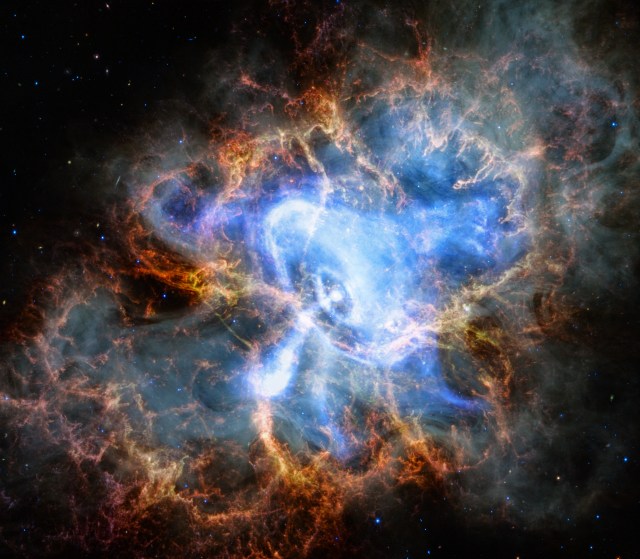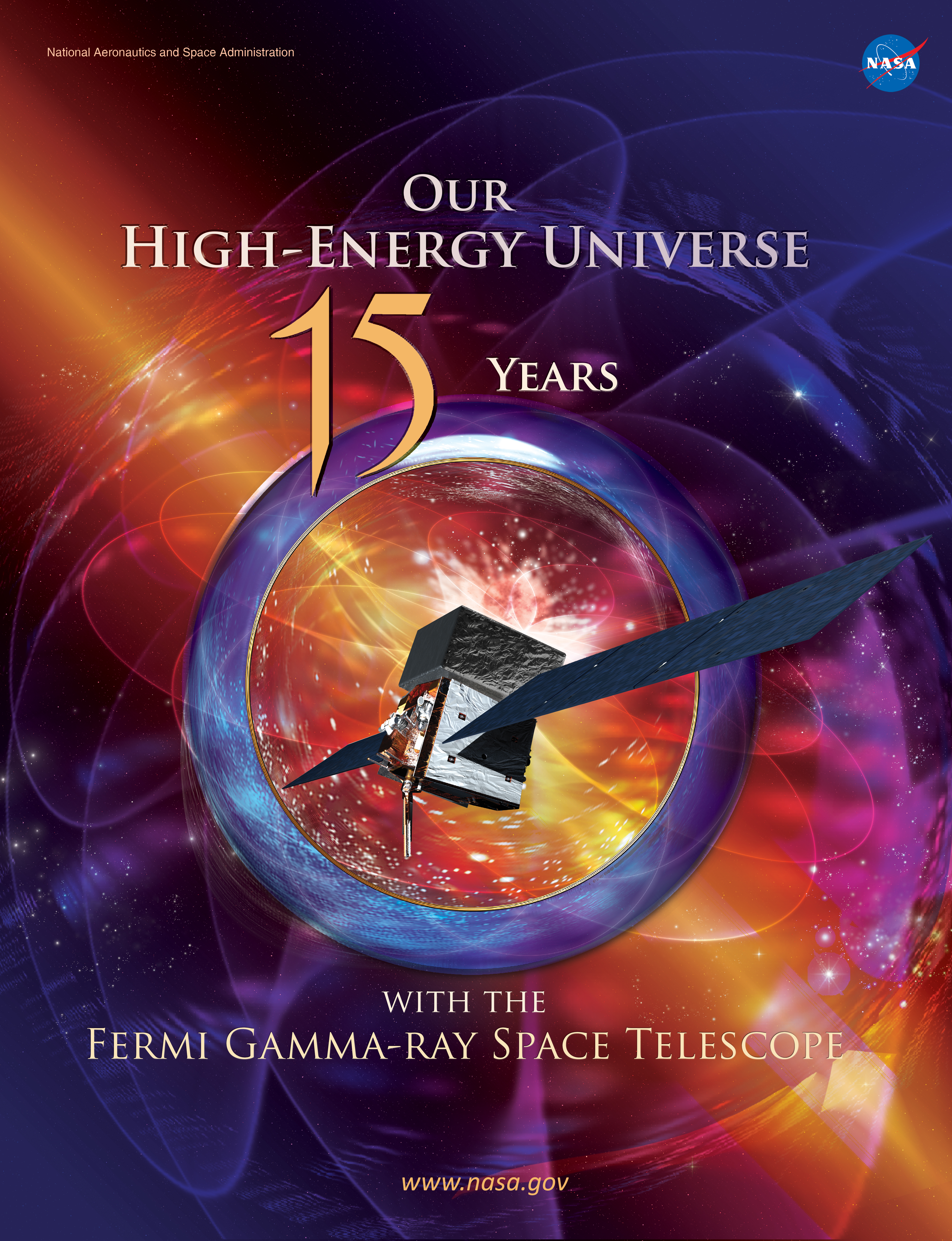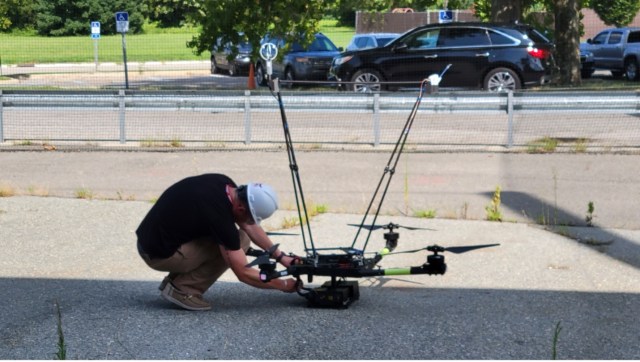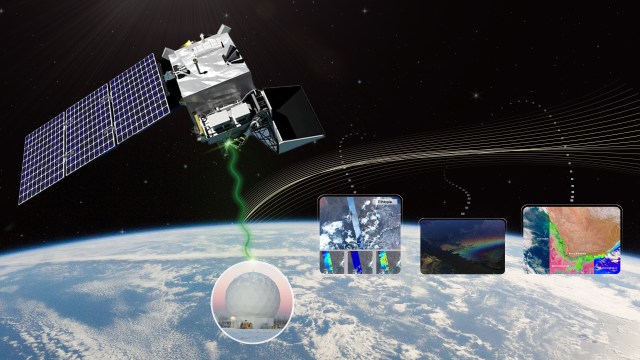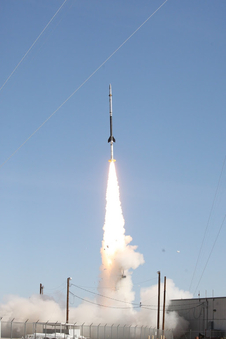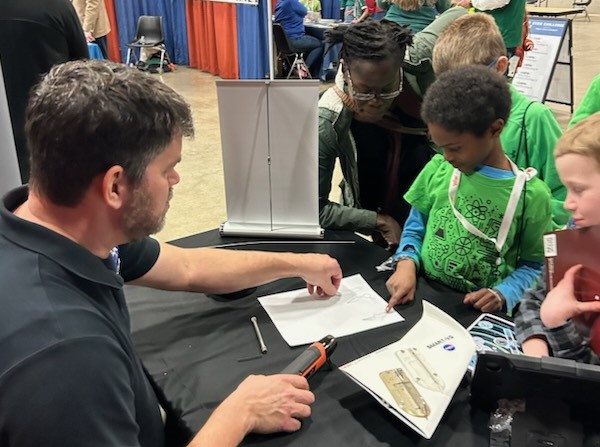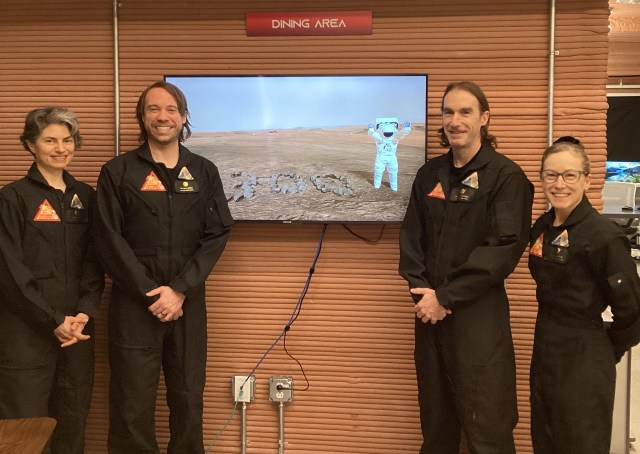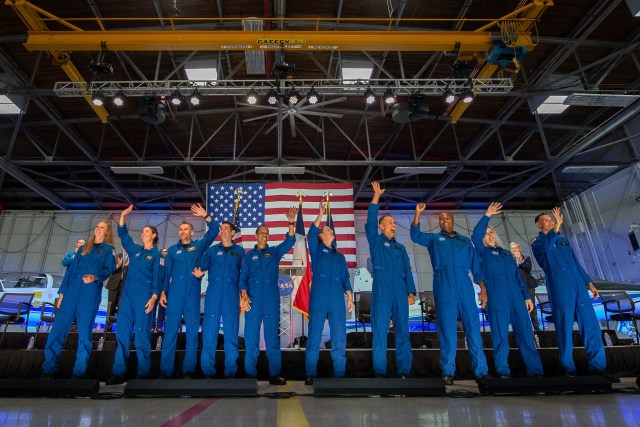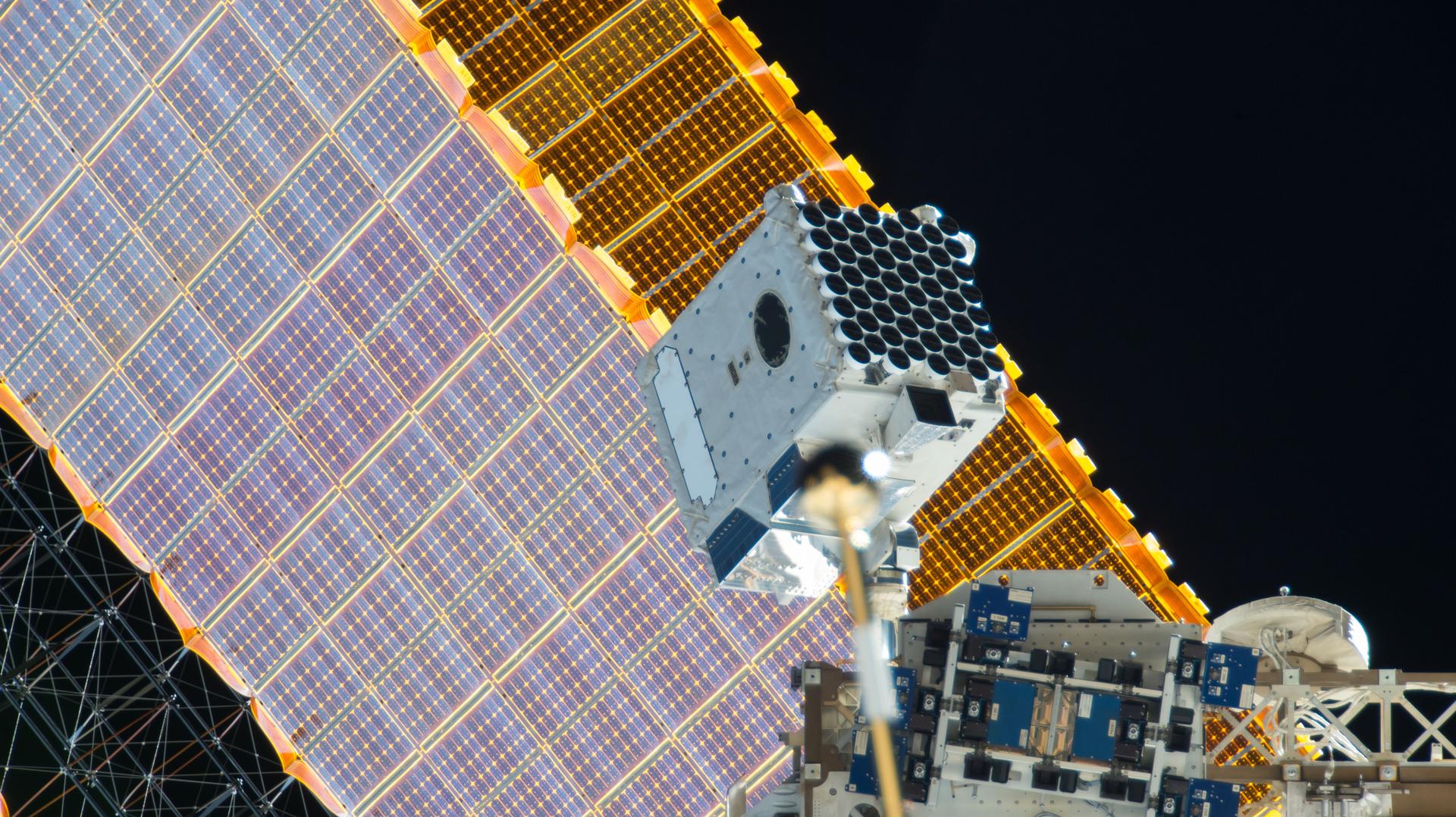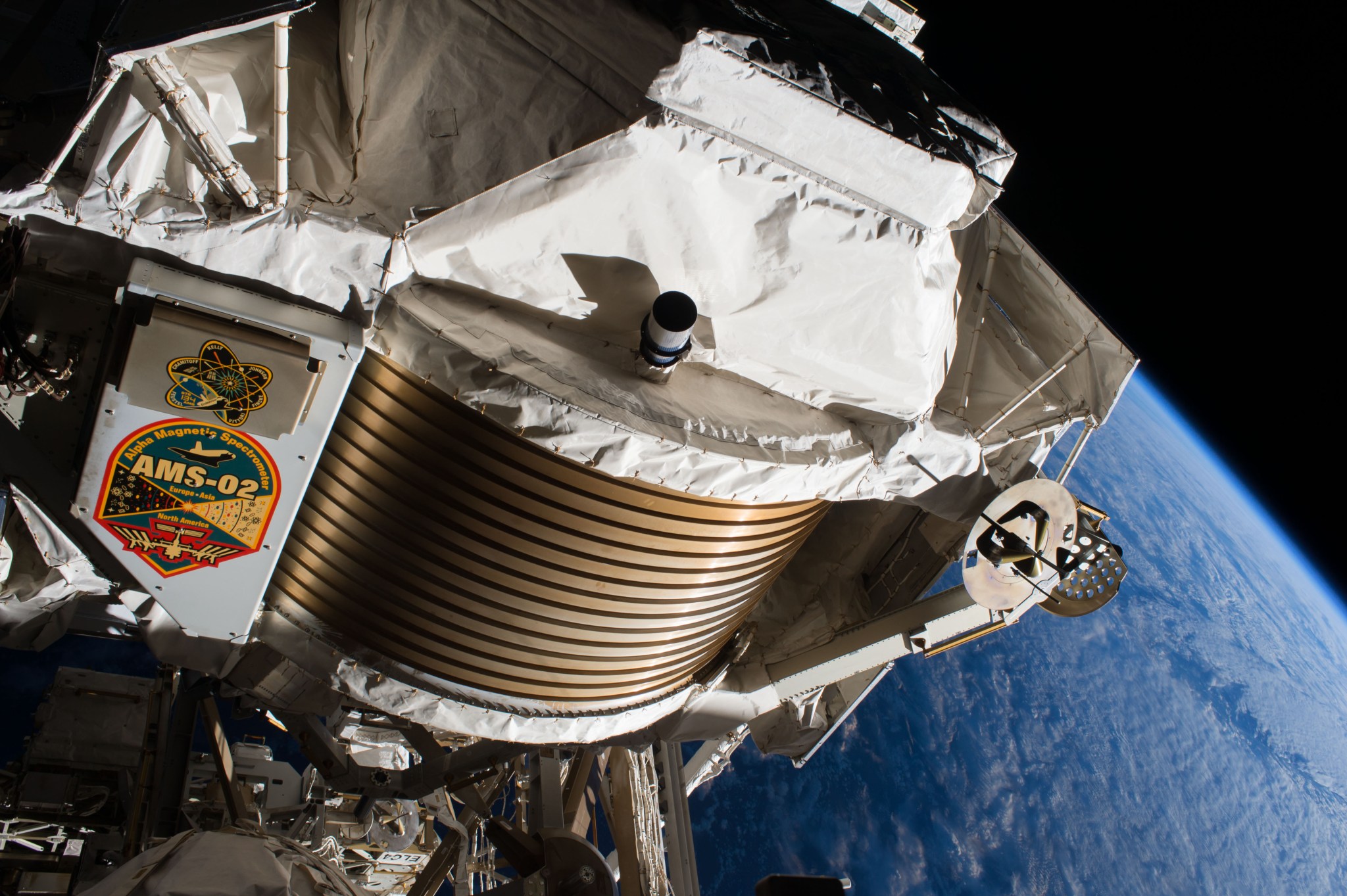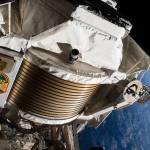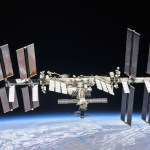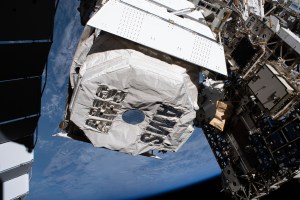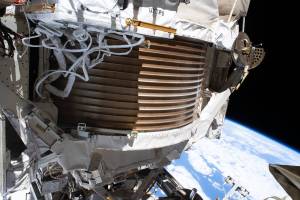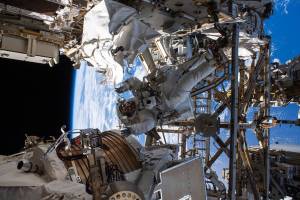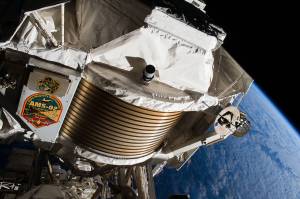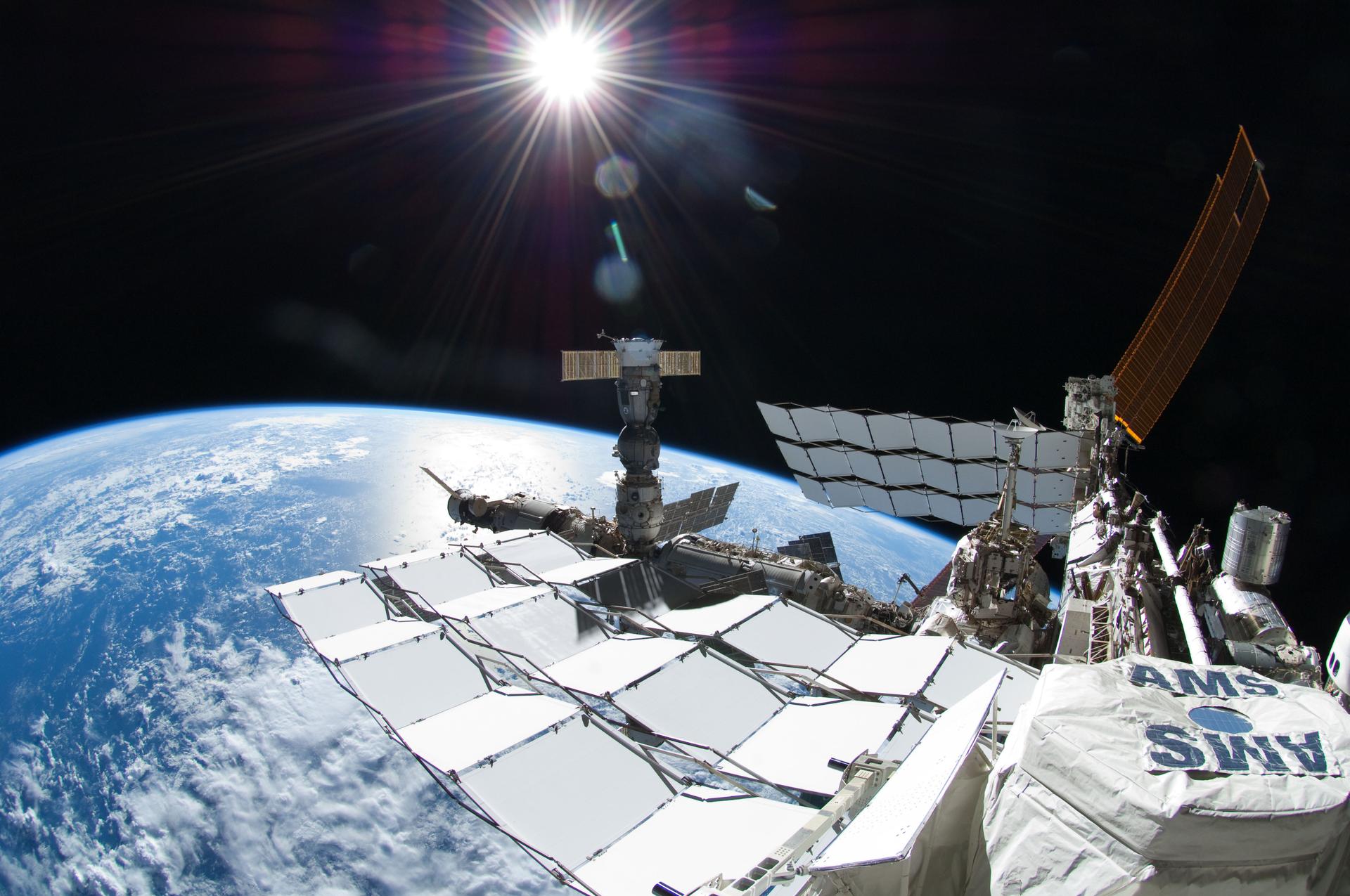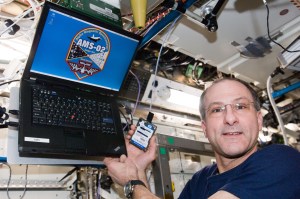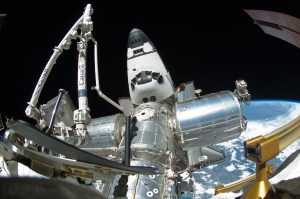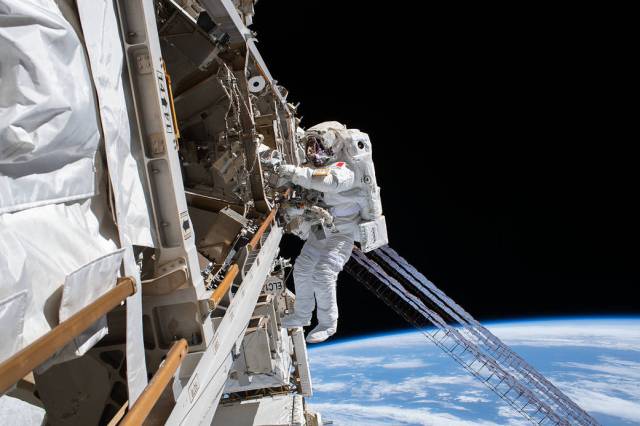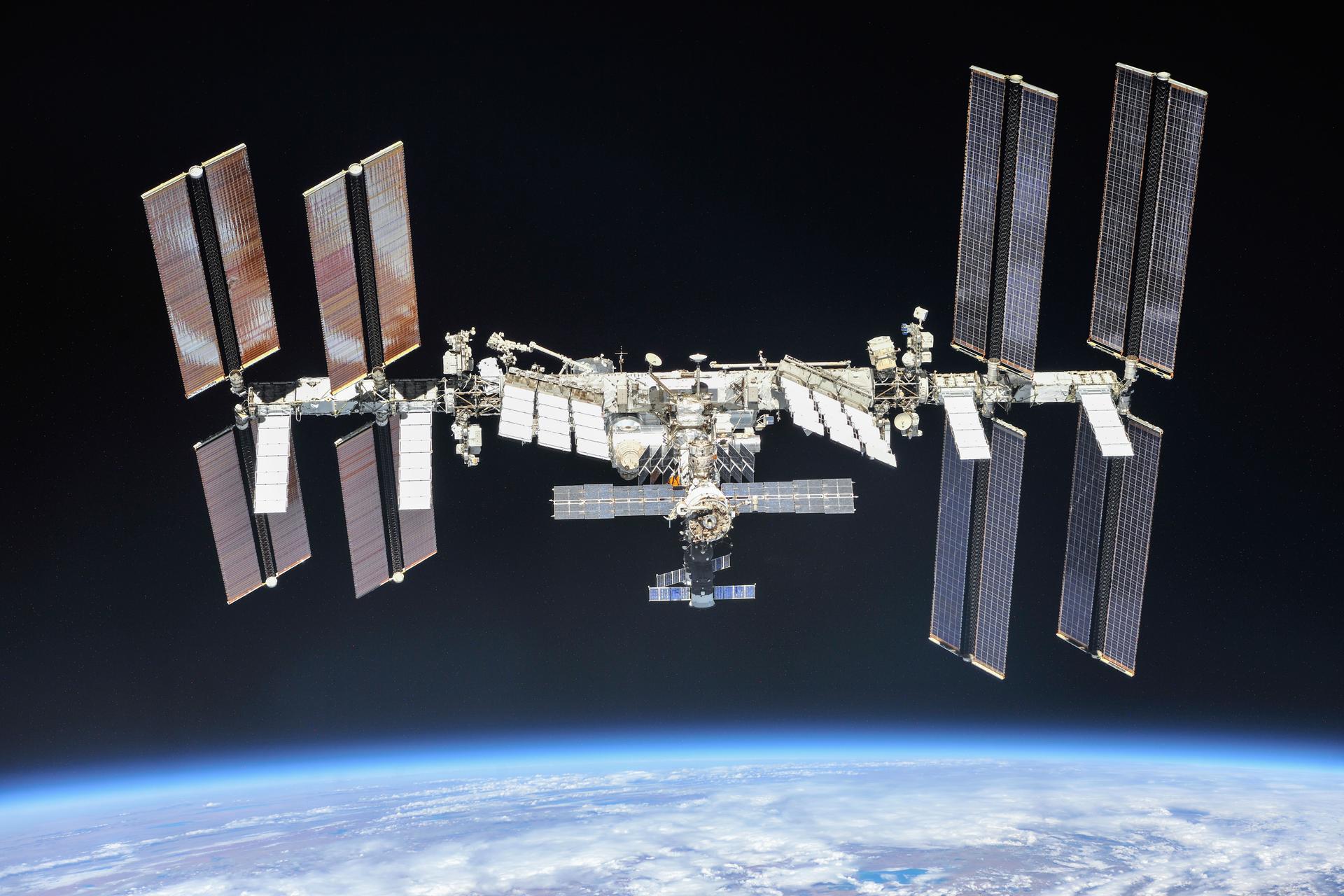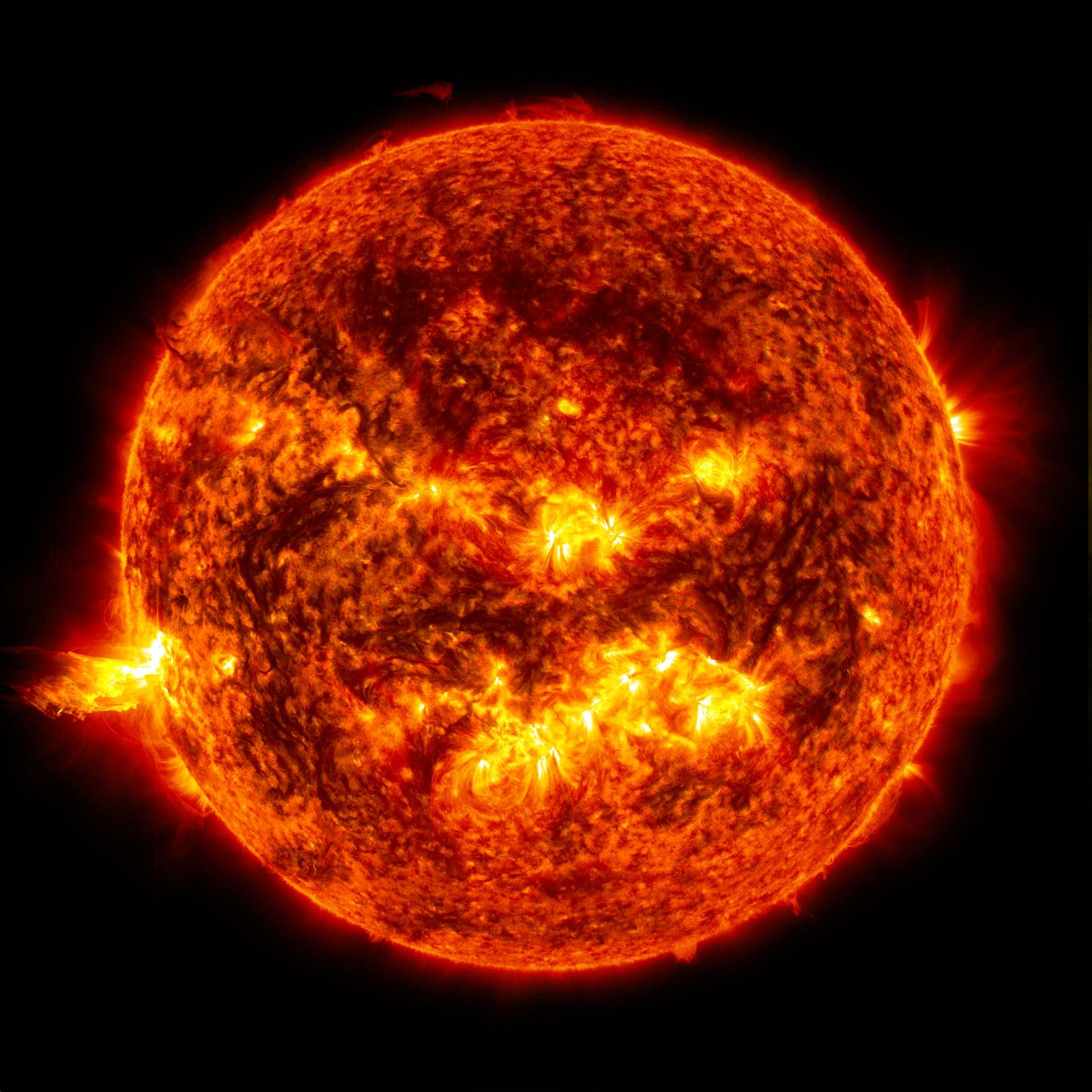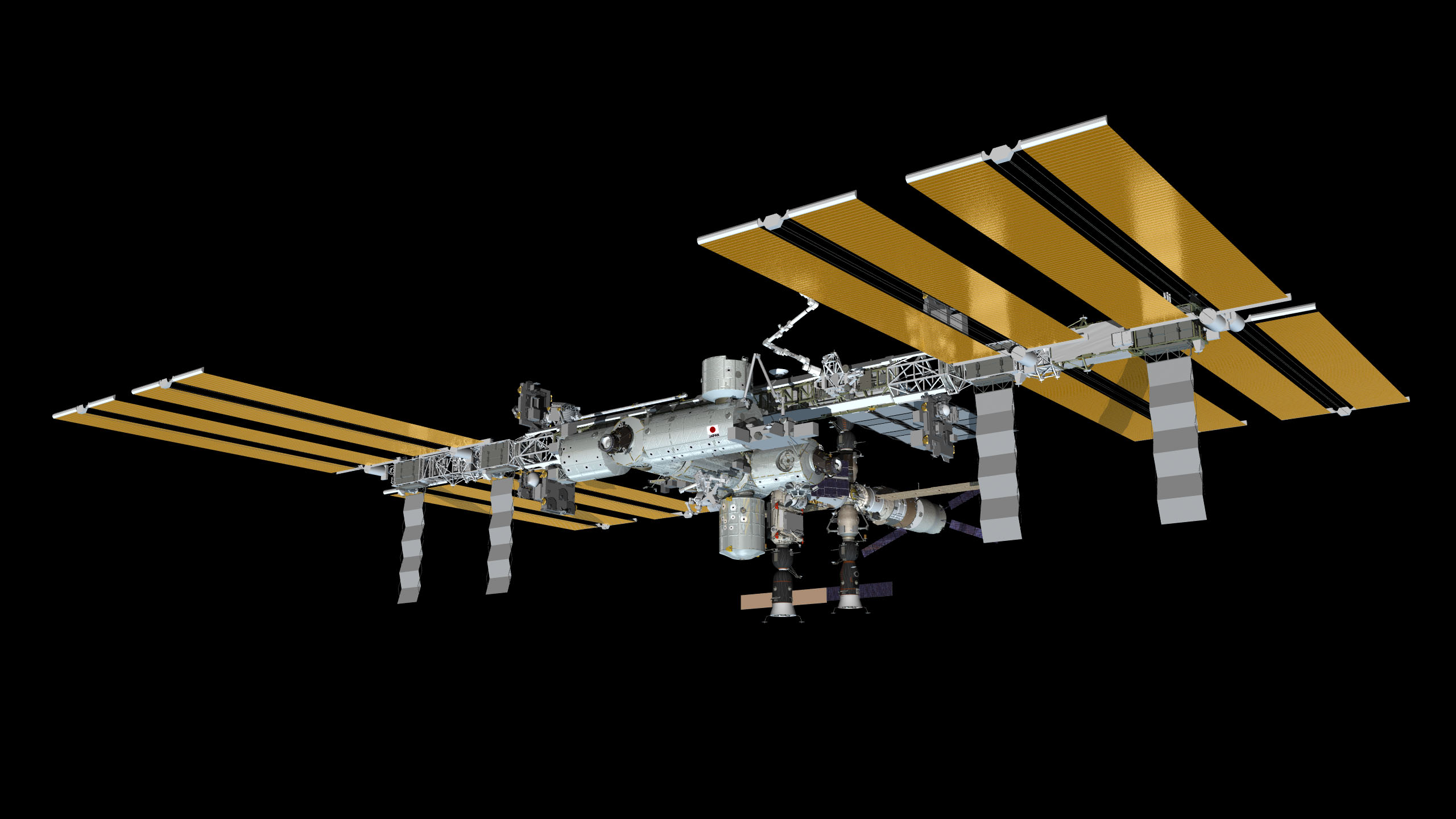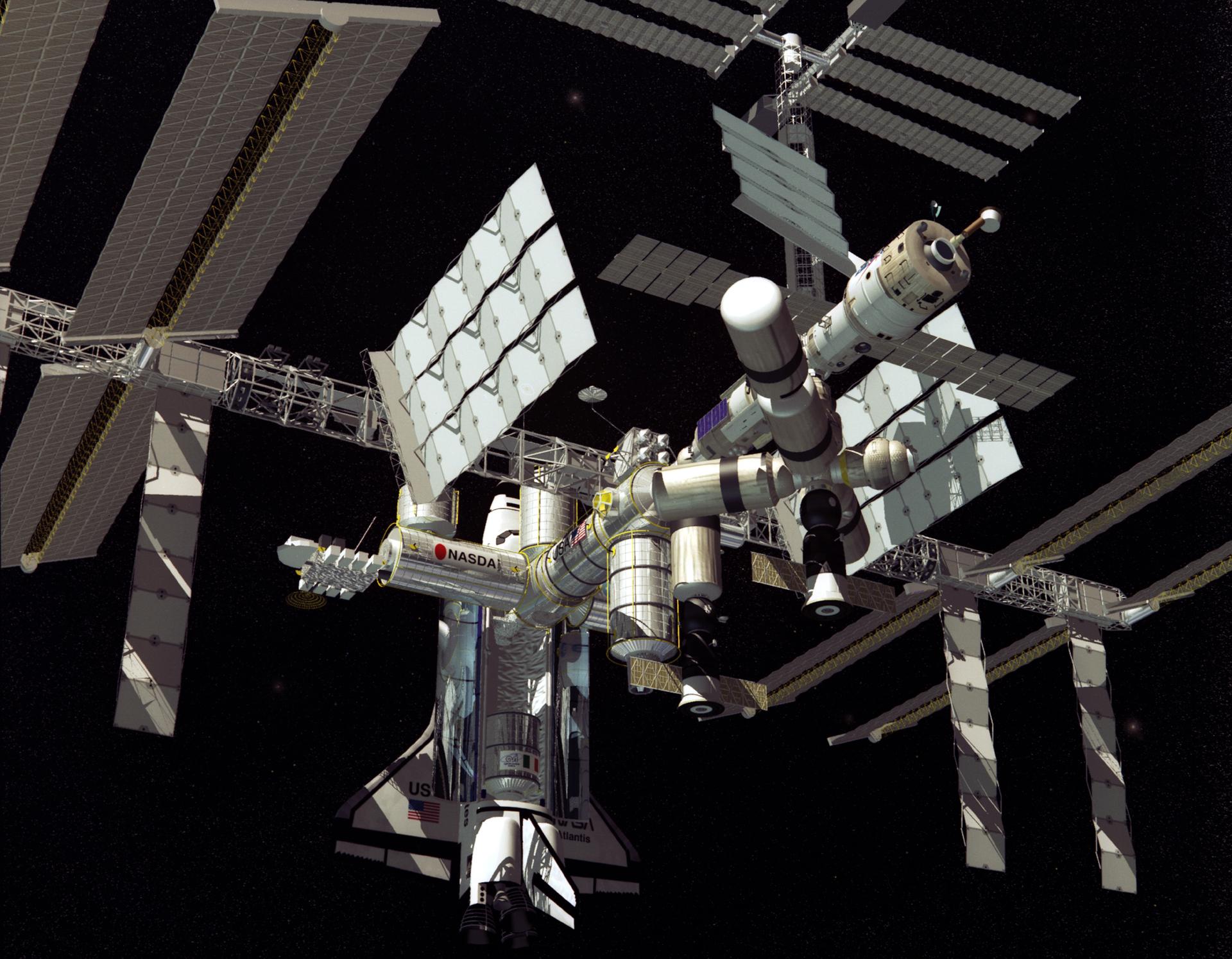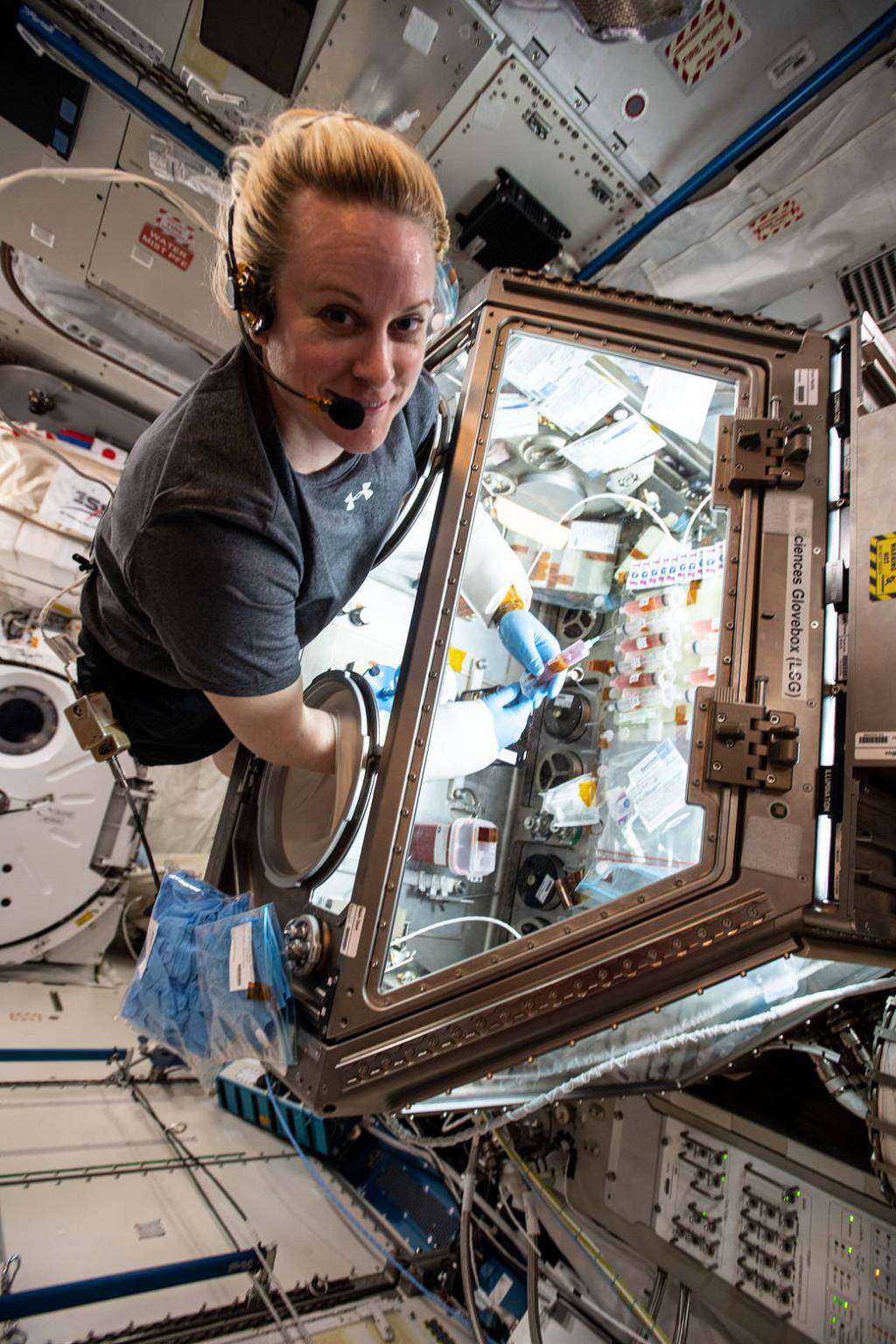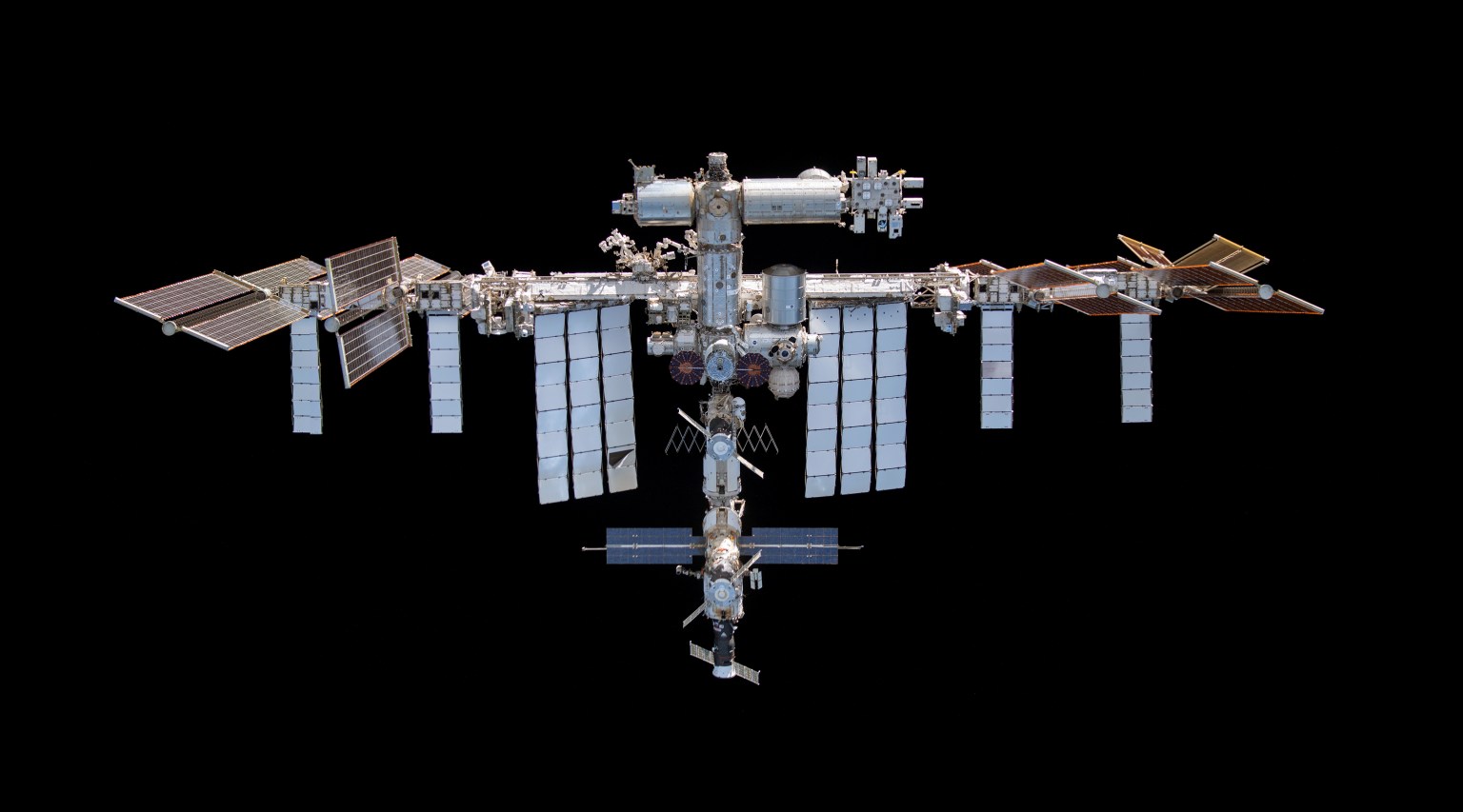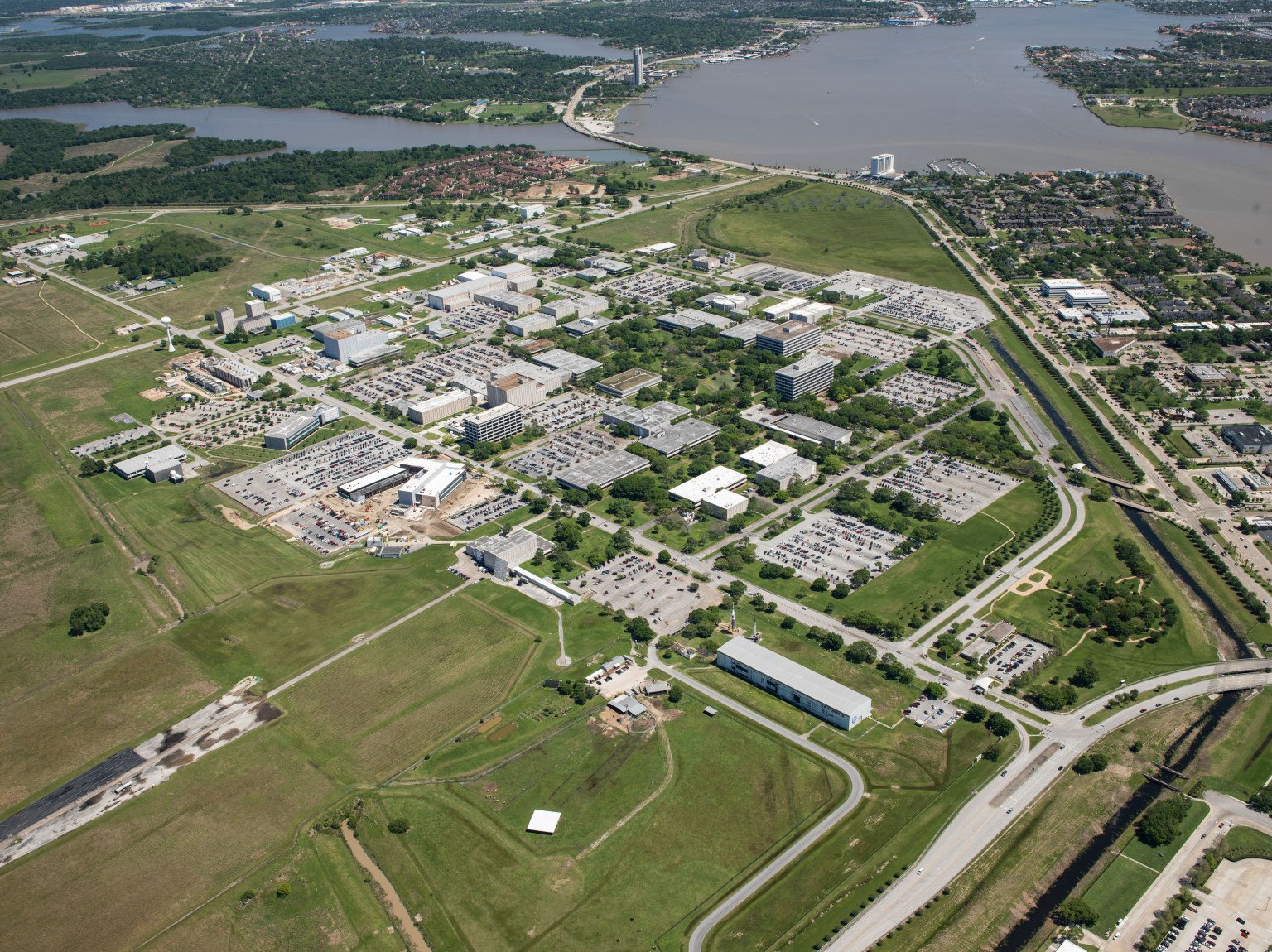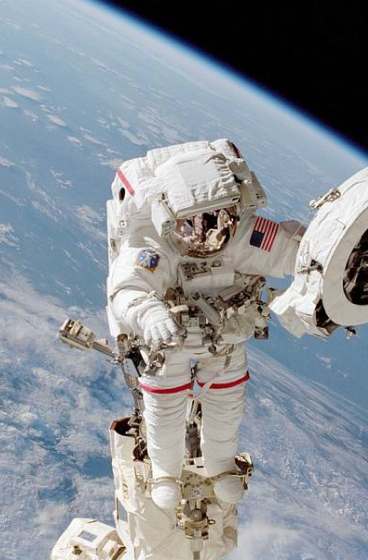About the AMS-02
The Alpha Magnetic Spectrometer (AMS-02) has collected and analyzed billions of cosmic ray events, and identified 9 million of these as electrons or positrons (antimatter).
Researchers also observed a plateau in the positron growth curve and need additional data to determine why. Results suggest that high-energy positrons and cosmic ray electrons may come from different and mysterious sources. Solving the origin of cosmic rays and antimatter increases understanding of our galaxy.
Learn More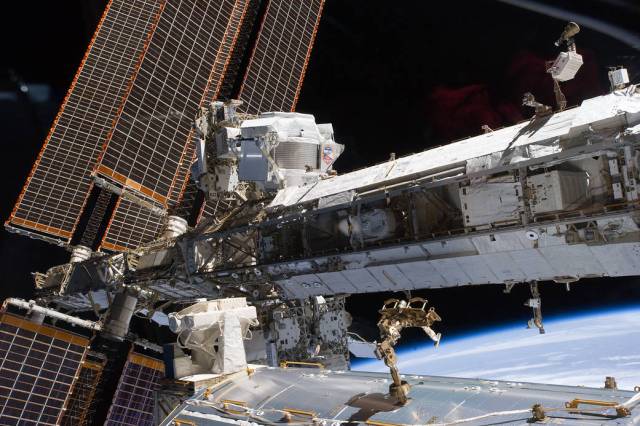
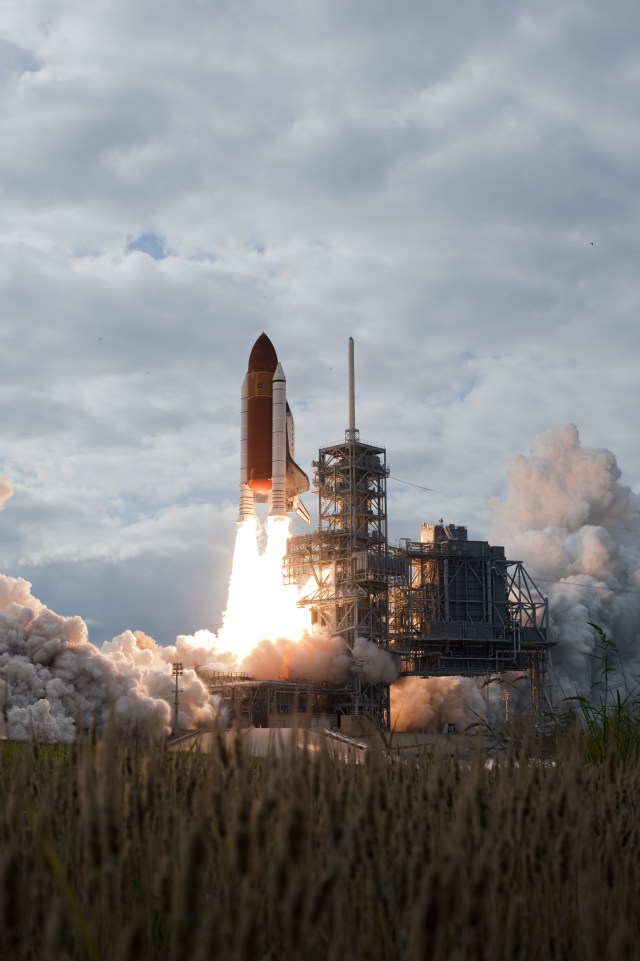
Endeavour began its final flight, the STS-134 mission to the International Space Station, at 8:56 a.m. EDT on May 16. Endeavour and its six-member crew will deliver the Alpha Magnetic Spectrometer-2 (AMS), Express Logistics Carrier-3, a high-pressure gas tank and additional spare parts for the Dextre robotic helper to the space station.

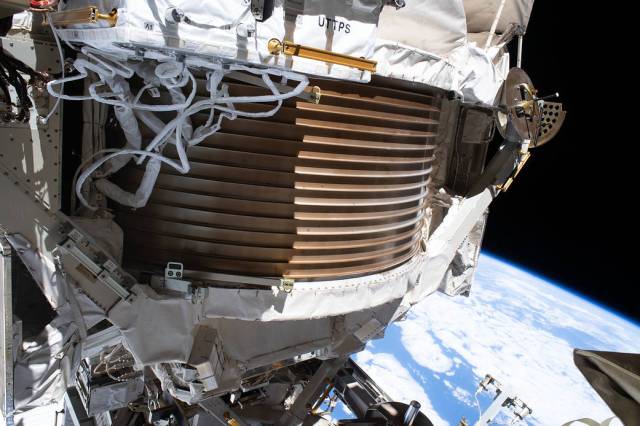
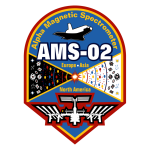
Alpha Magnetic Spectrometer
Orbiting the Earth at an altitude of 200 nautical miles, the AMS is pioneering a new frontier in particle physics research for the 21st century. Although the AMS is specifically…
Learn More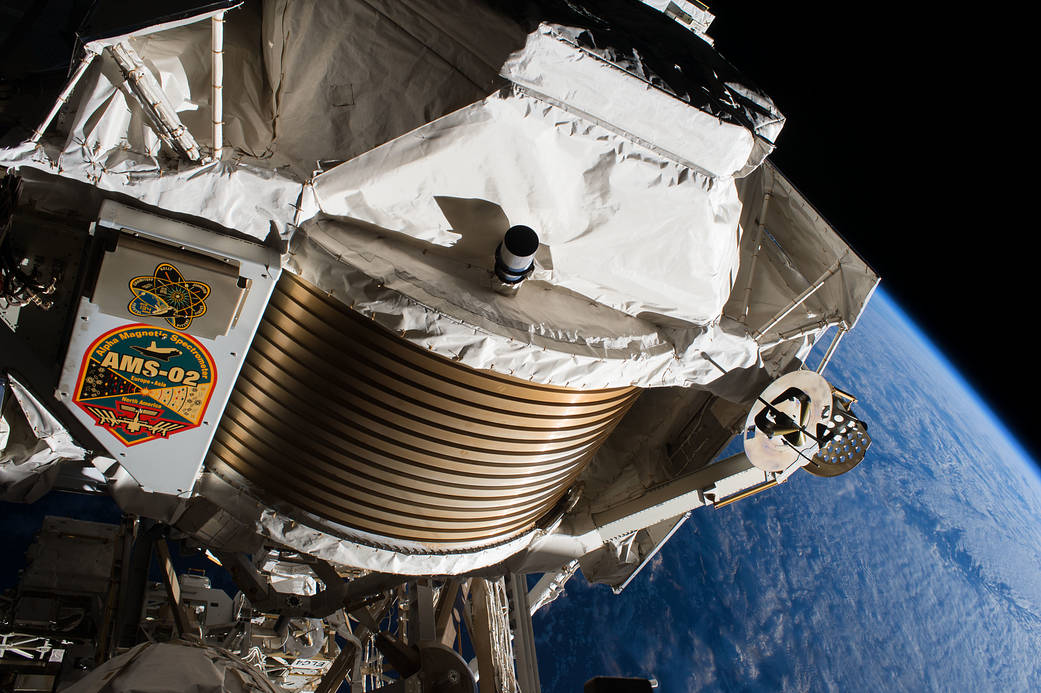
Alpha Magnetic Spectrometer
Videos
AMS: The Fight for Flight
NASA's "AMS: The Fight for Flight" documentary is now available. Learn about the Alpha Magnetic Spectrometer (AMS), a particle physics experiment on the International Space Station, the history of this revolutionary experiment and the man behind it.
Learn More about AMS: The Fight for Flight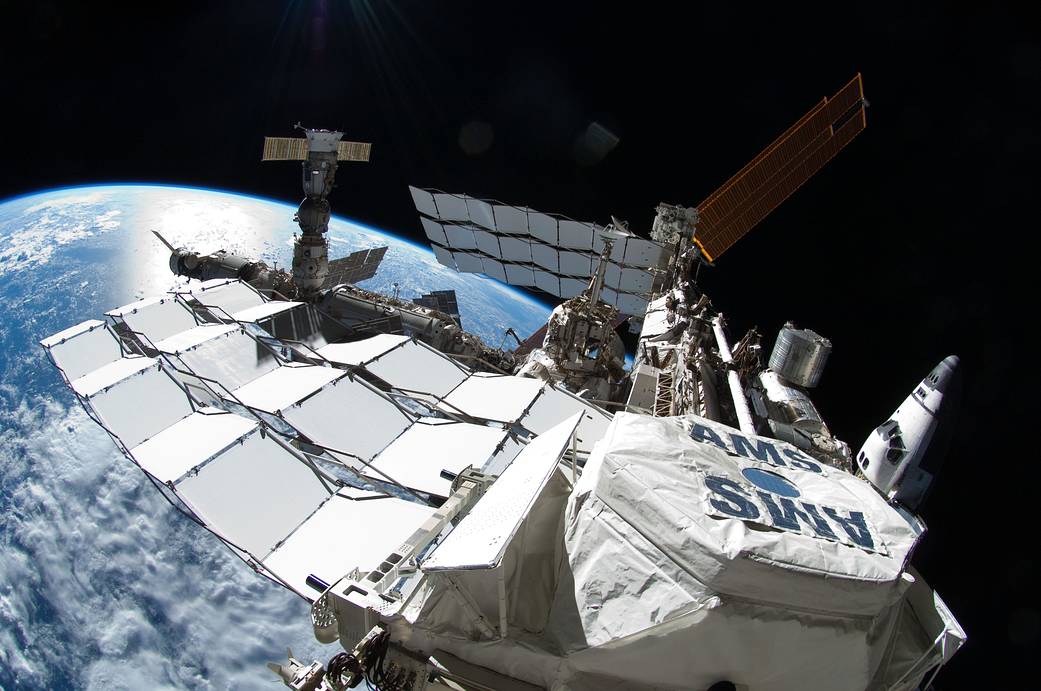
AMS Podcasts
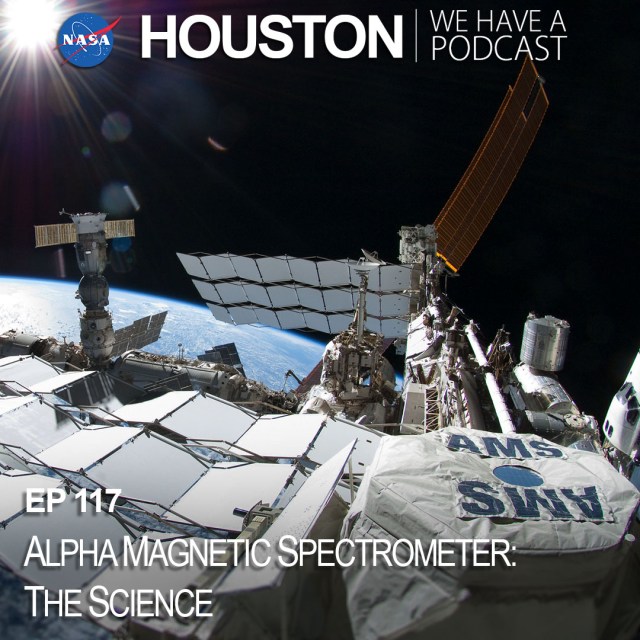
Houston We Have A Podcast: EP 117
In Episode 117, Dr. Brandon Reddell discusses astrophysics, cosmology, and the science behind the Alpha Magnetic Spectrometer (AMS), an experiment looking for evidence of antimatter and dark matter in the cosmos. This is part one of a three-part series on AMS. This episode was recorded on October 8, 2019.
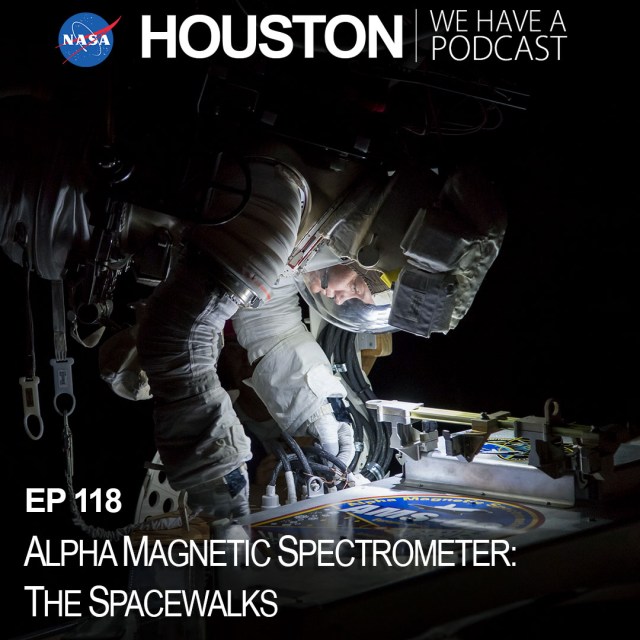
Houston We Have A Podcast: EP 118
For Episode 118 Tara Jochim and Brian Mader talk about a unique and difficult set of spacewalks to repair an experiment called the Alpha Magnetic Spectrometer. The two discuss the work that has been done so far to prepare for these spacewalks and what the teams will be doing to execute these complicated maneuvers. This episode was recorded on October 9th, 2019.
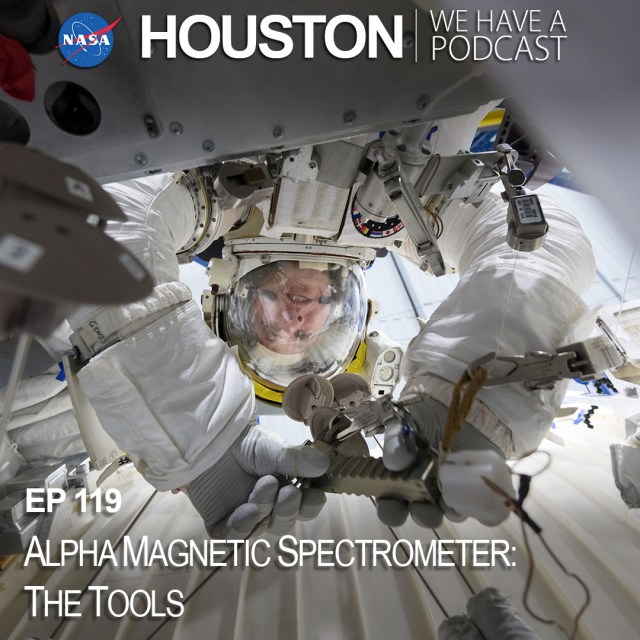
Houston We Have A Podcast: EP 119
On Episode 119, Heather Bergman, Justin Cassidy, and Drew Hood discuss how unique tools were developed to complete the on-orbit repair of the Alpha Magnetic Spectrometer (AMS), a space particle detector that’s hot on the trail of dark matter and dark energy. This is part three of a three-part series on AMS. This episode was recorded on October 23, 2019.


